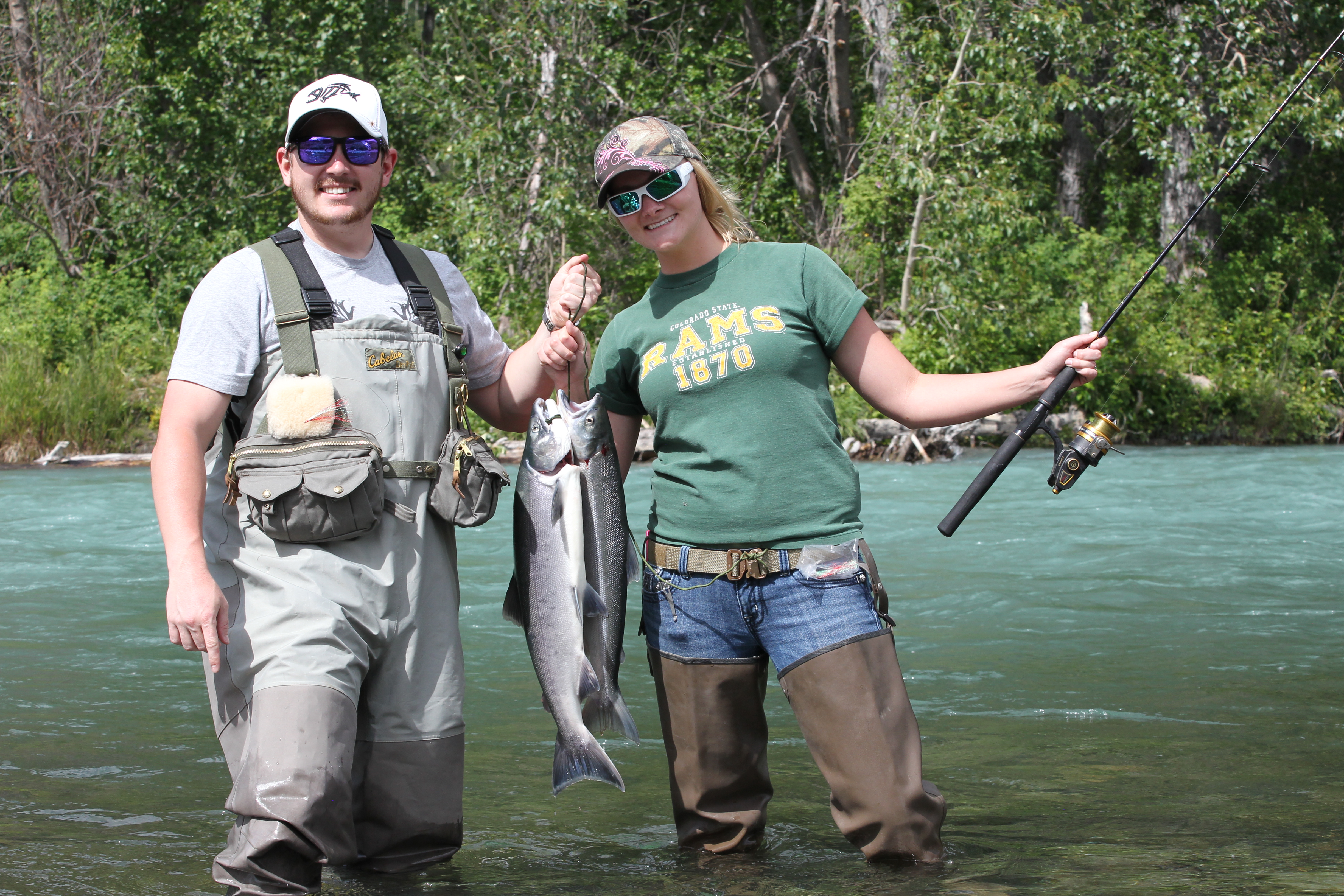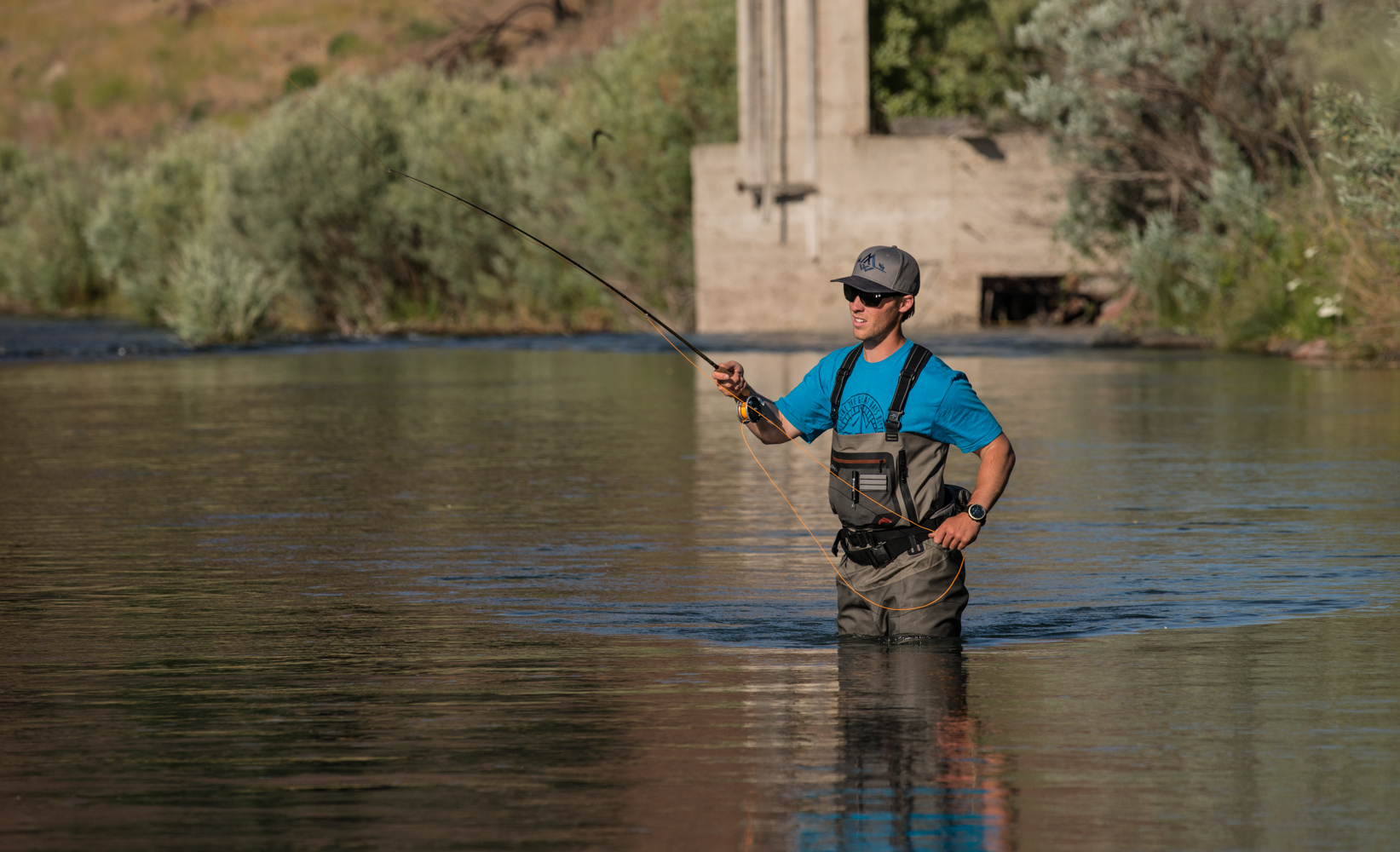

Like heat waves on land, marine heat waves are usually defined as temperatures above the 90th percentile of the historical range in a given region. It’s yet another blow to a delicate ecosystem already reeling from invasive species and disease. “We know that extreme heat can be destructive and deadly for marine systems,” said Lauren Gaches, director of public affairs for NOAA Fisheries, in an email. The 72,000 residents of Dominica, a tiny volcanic island between Guadeloupe and Martinique, pride themselves on their relatively pristine coastline and bill their country as the Caribbean’s nature island.īut this year, the ongoing record-breaking heat wave on the surface of the Caribbean Sea is threatening the coral, the fish that live among them, and the economy that they sustain. 58* North offers the best fly fishing or light tackle fishing for all five species of Pacific salmon as well as rainbow trout, Arctic char, Dolly Varden, Arctic grayling, lake trout, and Northern pike.SOUFRIÈRE, Dominica - The clear waters here tend to be pleasantly warm year-round, a key part of the appeal for snorkelers and divers eager to see the elkhorn, brain, and flower corals just a few feet off the rocky beach. From giant ocean fresh king salmon to acrobatic silver salmon and some of the largest rainbow trout in the country, the Bristol Bay region of southwest Alaska is one of the most prolific and consistent sport fisheries on the planet. The number of lakes and rivers seem endless and the fishing opportunities are similarly impressive. The area hosts Alaska’s most legendary trout and salmon streams including the largest run of sockeye salmon left in the world. We acknowledge, with respect, the Yup’ik people on whose traditional lands and waterways where we live, learn and play.

To honor the region, and the interconnectedness of it all, we refer to the entire watershed as “Bristol Bay”. Located roughly 300 miles southwest of Anchorage, the Bristol Bay region is home to the 4.09 million acre Katmai National Park and Preserve, the 1.2 million acre Becharof Wildlife Refuge, and the 1.6 million acre Wood-Tikchik State Park.


 0 kommentar(er)
0 kommentar(er)
